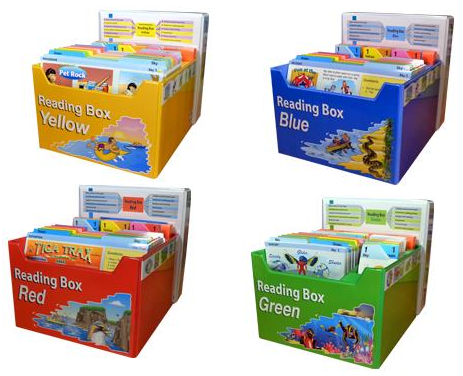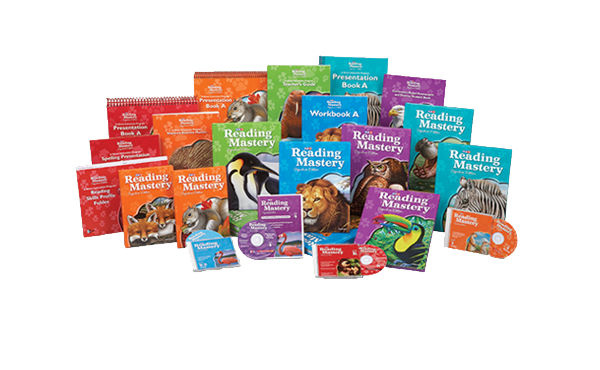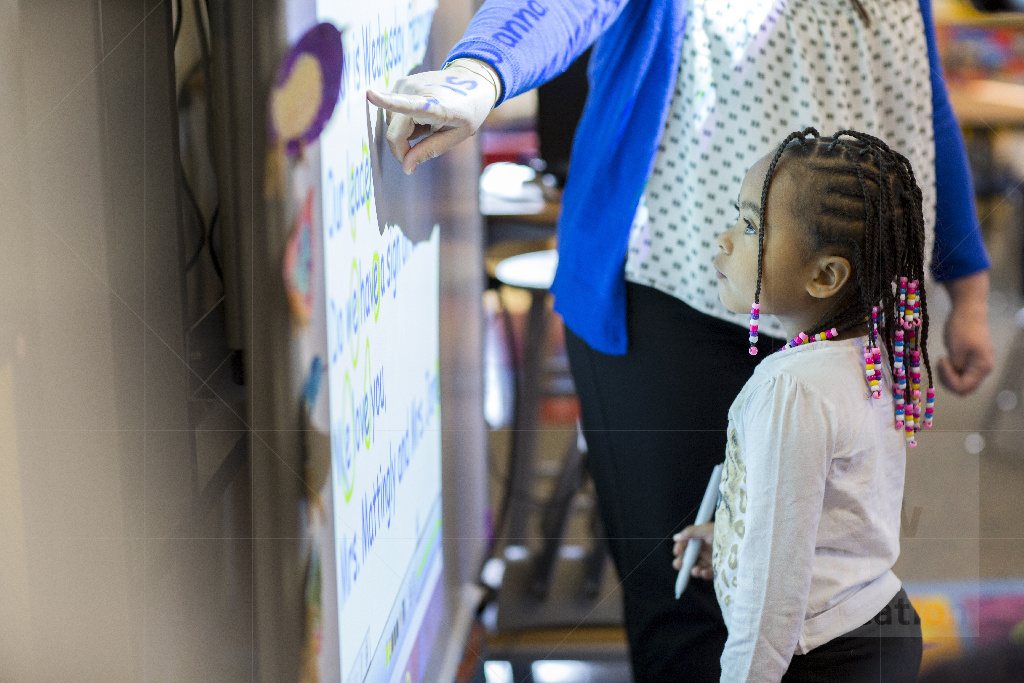What are Reading Boxes?
Reading Boxes provide informative, imaginative and motivational text whilst asking literal, interpretive, inferential and critical questions. The Reading Boxes are self managing, motivational and allow for totally individualised learning and are great for all readers, including reluctant readers.
Students' reading capabilities are taken out of their comfort zone with both empowering and challenging reading options with text types ranging from fictional narratives to reports.

Text Types
The text types available in Reading Boxes are:
- Fictional narratives
- Factual recounts
- Fictional recounts
- Reports
- Descriptions
- Persuasion/expositions
- Instructions/procedures
- Explanations
- Poetry
- Discussions
- Comics
- Visual
How Do Reading Boxes Aid Development?
Reading Boxes can be utilised to facilitate the development of key reading skills like comprehension, grammar, phonics, writing and vocabulary through both independent and guided learning pathways.
How can Reading Boxes do this?
Empowering Independence
Encourage strong readers to work independently to manage their own reading and comprehension development, allowing teachers to concentrate on those who are struggling.
Supporting All Readers
Includes multi-levelled reading content that services the needs of students at all reading stages, whether they are a new or seasoned reader, or a strong or weak reader.
Drives Understanding
Develops text understanding by asking those all important literal, interpretive, inferential and critical questions, helping to shape young minds' in preparation for academic growth, including SAT prep.
Questions?
Get in Touch
If you're having trouble with any of our online platforms, need student or instructor resources, or are generally looking for more information on a product, we're here to help. Simply fill out this short form and one of our local representatives will be in touch with you within 24 hours.


